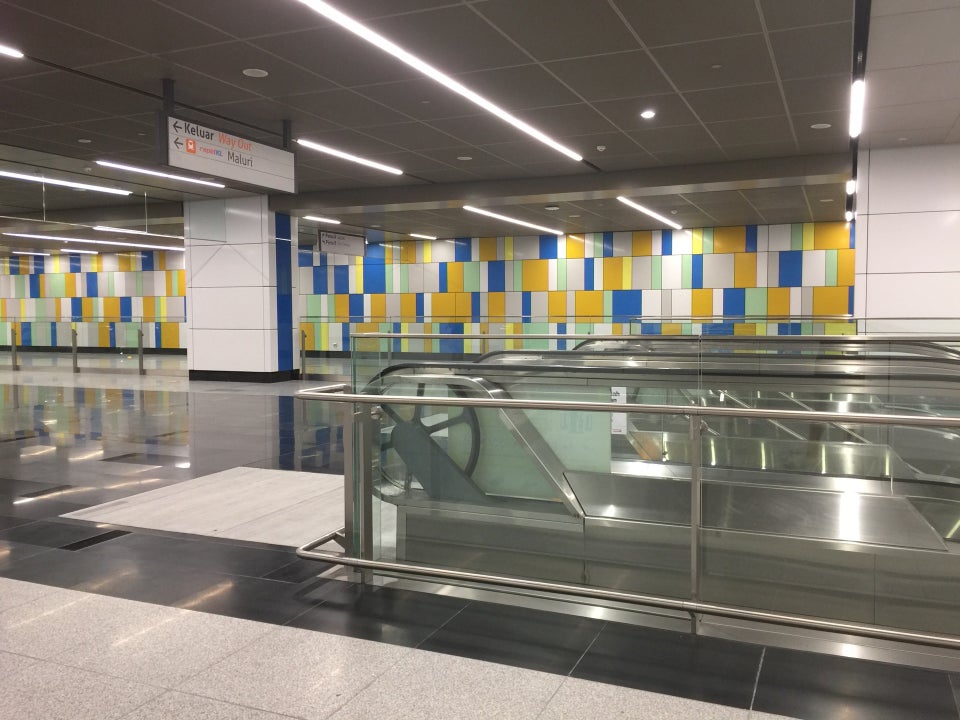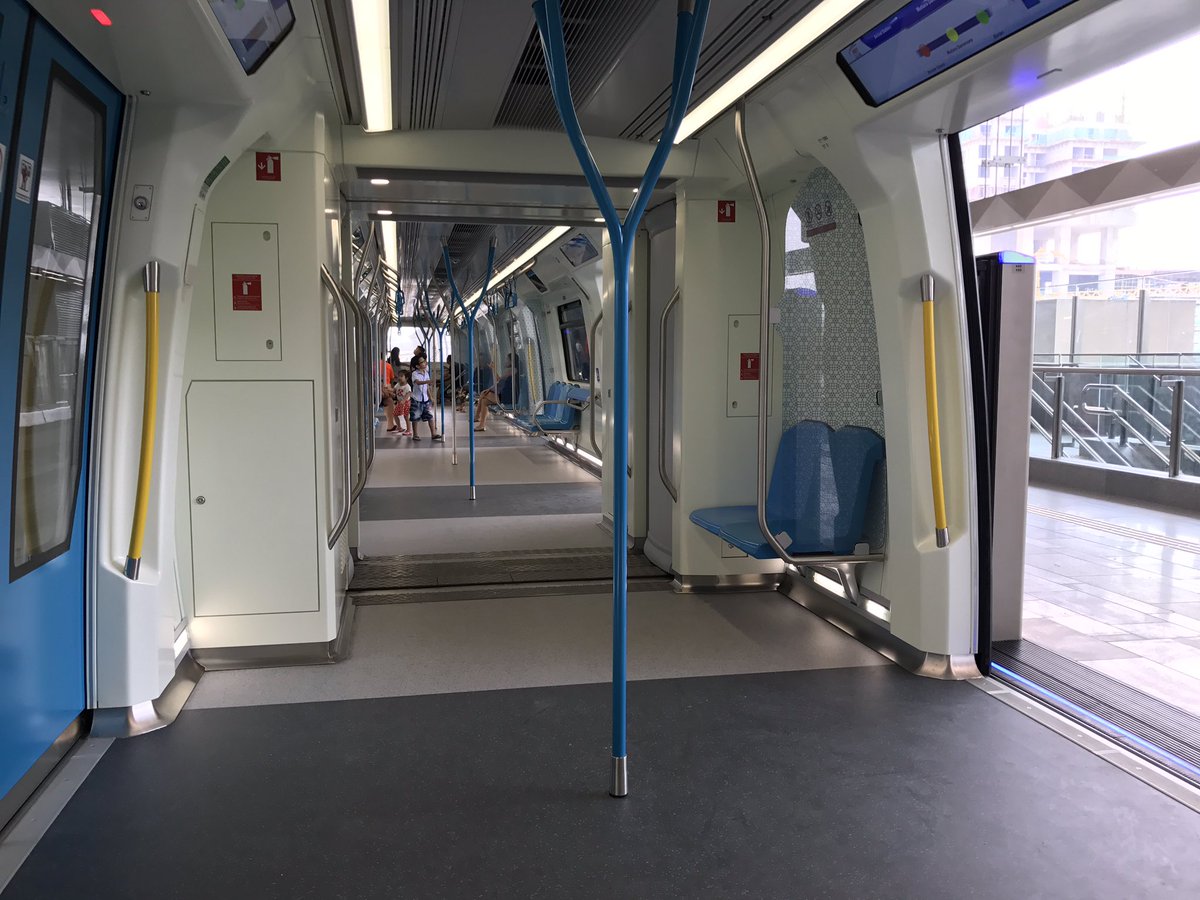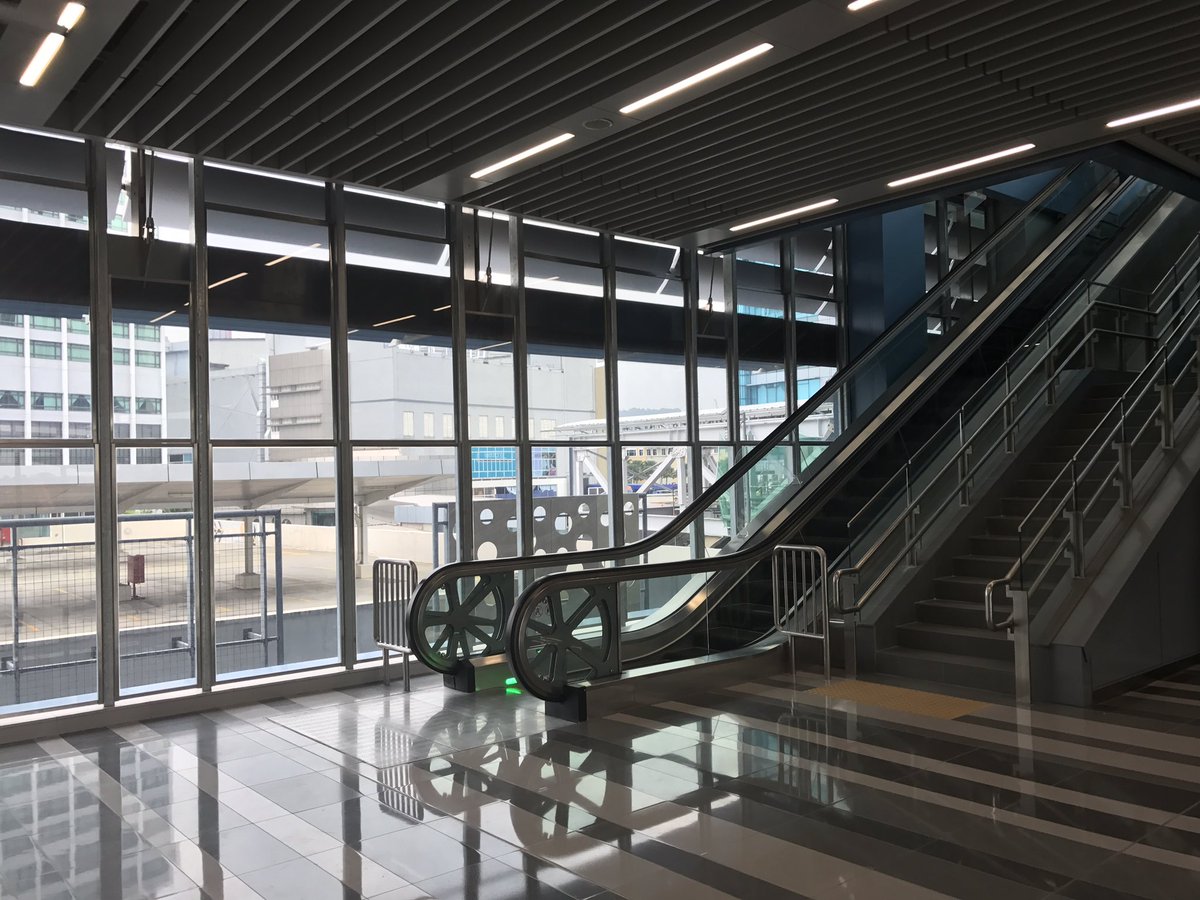Malaysia Airlines and Malaysia Aviation Group shows continued progress over Q1 2016
- Good progress on turnaround plan with encouraging performance in February
- Yield-per-passenger up 23.4%; costs down 32.9% on significant savings initiatives
- Airline ahead of budget at operating and EBITDAR levels
- Steadily improving on-time-performance and recovering customer service index
- Two additional A350-900 aircraft ordered to reach a critical fleet size
- Various product developments including the launch of the new business class seat
- 2nd quarter is expected to be weaker and the Group expects to record a loss for the year 2016, but ahead of plan to be sustainably profitable by 2018
Malaysia Airlines Berhad (“MAB”) is pleased to announce its latest quarterly update, in line with its commitment to good corporate governance and transparency.
The airline started the year positively, with the company making good progress on the turnaround plan. MAB has delivered ahead of its financial budget for the first three months of 2016. On-time-performance is stable and steadily improving and the airline’s customer service index is recovering with more significant enhancements in the pipeline.
Malaysia Aviation Group Berhad Group Chief Executive Officer Christoph Mueller said: “I am delighted at the continued improvements shown by Malaysia Airlines in this first year of the biggest and fastest transformation in our history. By moving swiftly and making tough decisions early, we have reshaped the business for a strong, sustainable future. Our financial progress achieved this quarter shows that we are firmly on the right trajectory. The management team and the Board of Directors have now commenced discussions on the next growth phase in order to further connect Malaysia to the world.”
“Even though personal circumstances mean I will not complete my full term as chief executive, I am confident that the foundations are now in place for the national carrier to achieve sustainable profitability in the stated timeframe and regain its rightful place as a symbol of national pride.”
Q1 Results for MAB
Passengers (m) 3.2
ASK (m) 10,930.8
Passenger Load Factor (%) 68.9%
Passenger Yield (sen) 22.6
On-Time Performance (%) 83%
Q1 performance
Prior to exceptional items, the first quarter was marginally profitable for the airline and the Group at the operating level, driven by favourable fuel prices and market conditions, coupled with operational improvements and a strong performance in February. The airline and the Group were ahead of budget, which gives a strong indication that the turnaround initiatives are delivering positive results.
Looking forward, the second quarter is expected to be weaker due to the soft demand during Ramadan. Overall, the airline and the Group are expected to record a loss for the whole fiscal year of 2016 but significantly smaller than initially budgeted at the beginning of the year, and ahead of the turnaround plan for the airline to be sustainably profitable by 2018.
For the quarter, revenue was down -21.7% with ASK decreasing -30.2%. Average yield per passenger rose a strong 23.4% against the same quarter last year. However, the overall load factor was softer at 68.9% but is now trending upward.
The market environment is showing strong signs of improvements in China and North Asia. Route profitability also improved in Australasia, although demand in certain markets remains weak.
Costs declined by 32.9% year on year (YoY) as a result of the airline’s significant savings initiatives. Fuel savings and a lower than budgeted fuel price, contributed significantly to this improved cost position. These savings, based on a special fuel conservation programme formed of 21 initiatives, saw the airline reduce fuel burn in the first quarter by 10,000 tonnes.
The headcount reduction and improved work efficiency also resulted in payroll savings before exceptional items of 40.5% YoY.
Equally, a significant reduction in the number of suppliers and the ongoing renegotiation of contracts contributed strongly to the airline hitting its unit cost reduction targets.
Unit costs declined 10% despite a significant reduction in long haul capacity after the grounding of the entire B777 fleet.
During the period, operational cash flow before exceptional items was positive. Exceptional items for the period included sign-on bonuses and other restructuring costs.
Operational improvements continue
Improving on-time performance is a core goal of the operations team. Punctuality improved steadily during the period and reached a year-to-date level of 83% at the end of the quarter, following a disappointing performance in December 2015 and January 2016. On-time performance on domestic flights year-to-date was very good at around 90%. Improved technical dispatch reliability across all fleets and increased ground handling productivity at Kuala Lumpur International Airport were the main contributors to our improved performance overall.
Mishandled luggage also declined by 50% during the quarter which, coupled with improved punctuality, saw customer complaints decline by 37% between January and March 2016. This is the lowest level since 2012.
Fleet enhancements
Malaysia Airlines has ordered two additional A350-900 aircraft, adding to the original four on order, so as to reach a critical fleet size which allows for scheduled maintenance and future network expansion. Preparation for the introduction of the new aircraft, planned for late 2017, is ahead of schedule with initial pilot and engineering training well underway. The aircraft will be able to operate non-stop from Kuala Lumpur to London and throughout Asia.
Malaysia Airlines actively assesses new route opportunities on an on-going basis and is currently evaluating the possibility of serving unique and new destinations with narrow-body aircraft with long-range capability.
The period also saw continued progress on revamping customer experiences, with two out of 15 A330-300s equipped with new lie-flat business class seats. This transition was completed ahead of schedule and the remaining aircraft are due to be converted by the end of the year.
All A380s will undergo a C-Check in 2016. This is an extensive maintenance programme which will be performed in-house for the first time.
Customer service index improving
With a greater focus on improving customer experience, the period started with the official launch of our new Business class seat and cabin, already flying the Sydney route. In addition, 18 new Premium Economy seats have now been installed on our fleet of A330s.
A new “dine on demand” service has also been introduced, enabling First and Business class customers to enjoy their meals as and when they want. The new initiative is part of an entire menu overhaul, with new upgrades also being introduced on Economy class, which saw a 20% increase in investment and bigger protein portions.
In addition, a new Premium Economy Class will be introduced on our A380s in the fourth quarter of this financial year.
Malaysia Airlines’ code share agreement with Emirates entered its next phase during this quarter with Enrich members now able to earn and redeem miles whilst travelling with the Dubai-based airline.
The regional lounge at Kuala Lumpur International Airport will also benefit from a complete refurbishment by local designer Duoz Sdn Bhd, giving it a contemporary luxurious Malaysian design.
Technology driven company
Migration to a state-of-the-art cloud based data centre has commenced to improve reliability and cyber security as well as enhancing agility and better time to market. Equally, we have invested to improve internal information technology systems and platforms, providing our employees with the necessary tools to drive efficiency and productivity in their day-to-day work.
A key milestone on the company's path to become a leading digital player has been the selection of a new Passenger Service System from Amadeus IT Group SA. On completion, expected to be in the first half of 2017, our customers will enjoy a significantly enhanced interface including state-of-the-art
mobile applications, and a truly interactive web-site with improved offerings for passengers both in the air and on the ground. The system will also significantly improve management of bookings and revenue while accelerating the transition to a paperless airport environment with faster and more reliable check-in and boarding procedures.
Investing in a talent pipeline
The quarter saw the resignation of Group Chief Executive Officer, Christoph Mueller, who will serve a six-month notice period until September in order to facilitate an orderly transition. He has expressed a desire to continue to remain on the Board of Directors as a Non-Executive Director if circumstances permit. In order to facilitate a smooth transition, the Board has appointed Peter Bellew, the current Chief Operating Officer as Executive Director of the Board with immediate effect.
During the period, we launched our new pilot training programme which will result in 100 pilots promoted to the level of Captain in 2016. All of the remaining pilots from our B777 fleet are being retrained on other aircraft, a process which is expected to be completed by November 2016.
We also plan to announce a new career progression for Malaysia Airlines’ pilots, allowing for horizontal career paths between the four airlines in the Group. This effort is part of the career development programme that is being assessed across the whole company.
The quarter saw the formation of employee-elected Work Councils which agreed, at their first assembly with the management team, to work collaboratively to restore the Group as an employer of choice in Malaysia.
Malaysia Airlines also joined forces with seven other founding airlines to establish the Association of Malaysian Air Carriers (AMAC), in order to provide a forum to discuss issues affecting the industry. The association will promote growth in the industry and the creation of highly skilled jobs, both directly and indirectly, across the aviation sector.




















